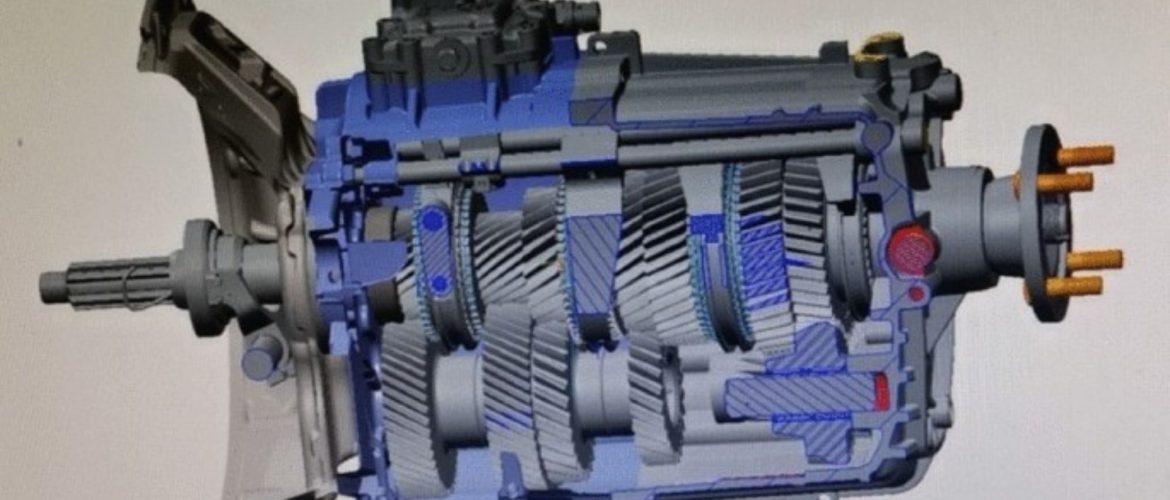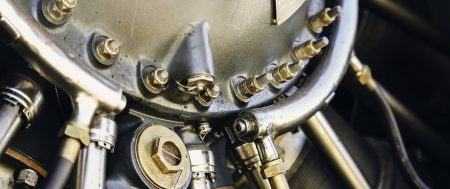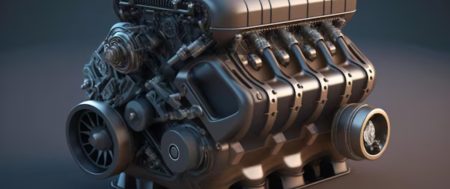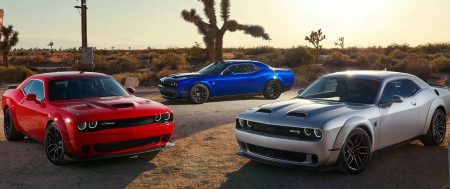The evident setting of vehicle transmissions is an enchanting story of progress, creative minds, and mechanical developments that have molded how we drive today. From Karl Benz’s single-speed manual transmission to the state-of-the-art redesigns in electric drivetrains, vehicle transmissions have gone through a wonderful development. This blog takes you through the whole history of transmissions:
An Organized Timetable Vehicle Transmissions
1886: The fundamental transmission for auto was produced and utilized in the Benz Patent-Motorwagen, viewed as the world’s most critical real auto. The vehicle was made by Karl Benz, a German informed authority and producer, and was approved in 1886-an unmistakable single-speed manual transmission.

1879: Milton Reeves made a CVT-Constantly Part Transmission (then called a variable-speed transmission) for use in sawmilling.
1896: 1896 – In 1896, Reeves started fitting this transmission to his vehicles, and a couple of makers also utilized the Reeves CVT.
1898: Louis Renault changed the drive shaft rather than a chain drive in 1898, as well as a differential turn for the back tires, dealing with the vehicle’s show.
1928: In 1928:the essentially synchronized manual transmission presented synchromesh structures, drawing in smoother gear shifts without twofold making sense, fundamentally refreshing the driving experience.
1939: 1939:General Engines delivered the Hydra-Matic, and the boss completely changed the transmission. This noteworthy progress got the essential for manual stuff moving, changing the driving experience for drivers all around the planet.
The 1940s: During the 1940s, overdrive transmissions acquired obviousness, offering an additional stuff degree for reduced motor RPMs during freeway driving, accomplishing better eco-friendliness and lower motor wear.
1948: Buick presents the Dynaflow transmission as an amazing open door for their Roadmaster and supermodels. It was the fundamental power converter changed transmission utilized in a beneficially manufactured vehicle
The 1950s: Redid Transmission Sorts of progress: All through the 1950s, adjusted transmissions improved with the presentation of two-speed, three-speed, and long-term four-speed automatics. They turned out to be more proficient and dependable.
1956: Vehicle Transmissions
The Dynaflow transmission is also upgraded with the Variable Pitch Dynaflow, permitting the power converter’s edge feature shift, increasing speed and eco-friendliness.
The 1960s-1970s: Power Converters and Electronic Controls: Power converters permitted smoother power transmission in automatics, and electronic controls to regulate moving models were presented during this period.
The 1980s: Vehicle Transmissions
During the 1980s, manual transmissions saw the mix of overdrive gears, reliably in five-speed plans, further making road eco-kind attitude.
In the 1990s, Ceaselessly Part Transmissions (CVTs) acquired ordinariness for their smooth stuff degrees, giving better mileage and an anticipated driving encounter.
2000s Twofold Hold Transmissions (DCTs) and Computerized Manual Transmissions (AMTs) became normal in both execution and standard vehicles, offering speedier and smoother gear changes during the 2000s.
The 2020s most definitely Vehicle Transmissions
Further Shock and EV Transmissions: As electric vehicles (EVs) gain obvious quality, customary transmissions are being supplanted with single-speed or multi-speed electric drivetrains expected to chip away at the showcase of electric engines.

Obvious Transmission Control Designs: Present-day vehicles consolidate progressed transmission control frameworks, including adaptable moving calculations and artificial mental capacity, to overhaul gear shifts considering driving circumstances and driver lead. Robotized Driving: With the presence of independent vehicles, the control of transmissions could be cultivated further, as self-driving cars could no doubt at no point in the future require standard transmissions as we know them.











